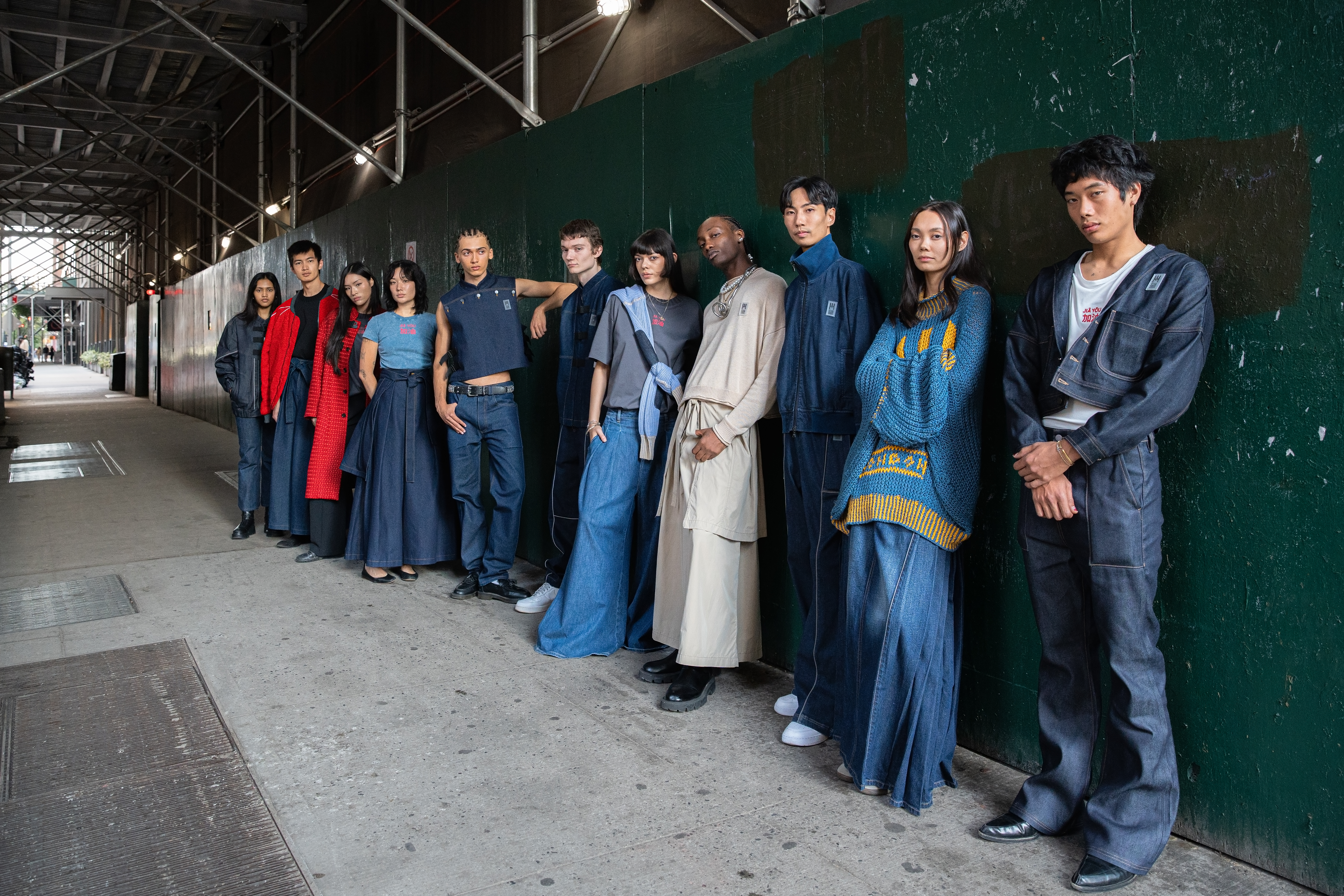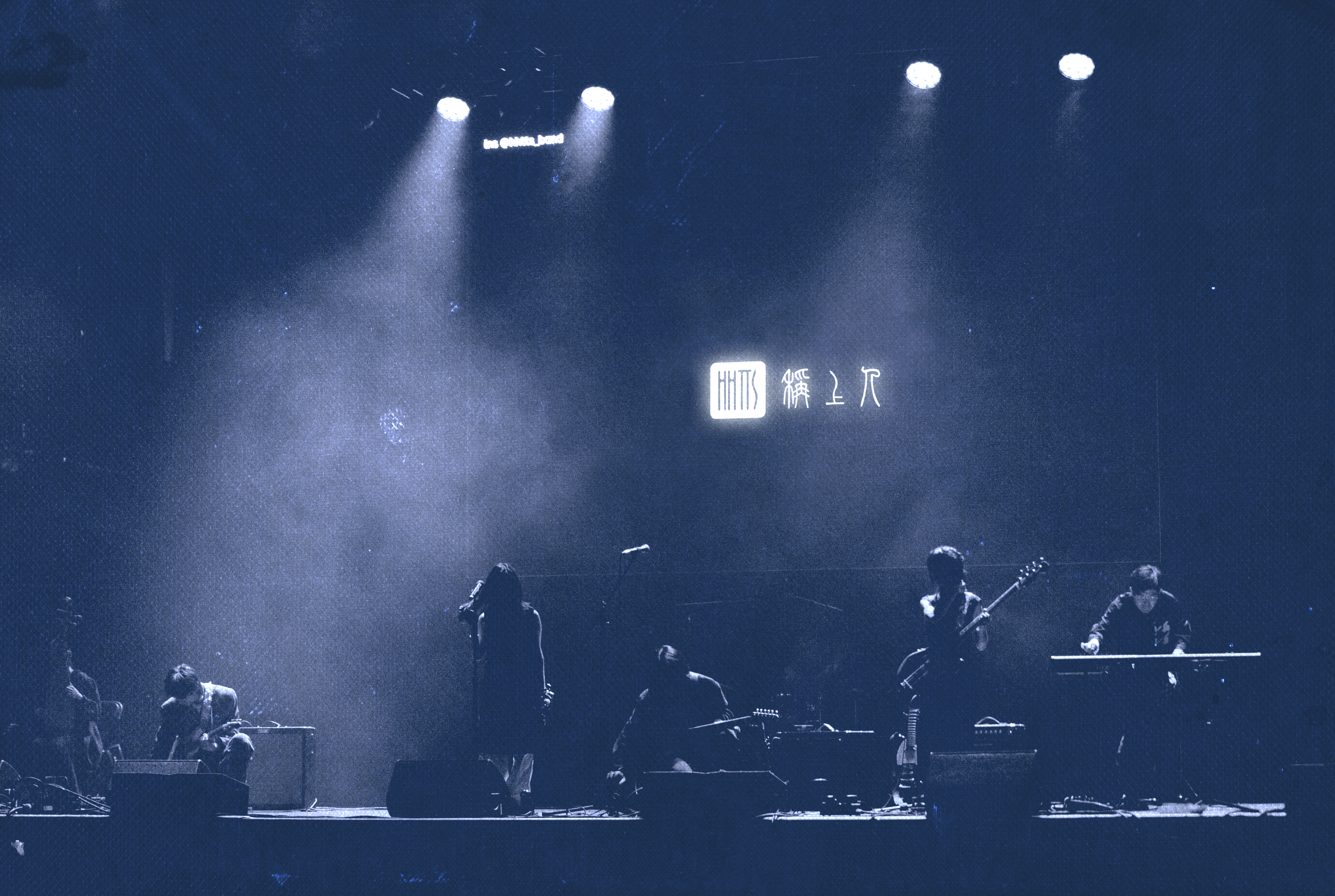China Designers is a biweekly series that showcases the wide spectrum of creativity in Chinese fashion design. From small designers to big brands, these names are changing the connotations of “Made in China,” one collection at a time. Write to us if you have a suggestion or submission.
The qipao is undoubtedly one of China’s most iconic garments. Gaining popularity in the 1920s, the tight-fitting, shoulder-baring dress celebrated the female form in an age when conservative styles were the norm, and the beloved artifact has never been out of style since. It is synonymous with Chinese beauty standards and has influenced global fashion — providing a source of inspiration and occasionally being at the heart of rows over appropriation.
It may come as a surprise to most that the qipao itself was originally imported into China. It has its roots in 17th century Manchu rule — part of mandatory dress codes enforced by death — and the modern, revealing cuts we know today were a product of Western influence in colonized Shanghai. As much as the qipao embodies the Chinese aesthetic, it is also the byproduct of cultural exchange.
When designer Jingwen “Daisy” Wang discovered this during her time at Parsons School of Design in New York City, it propelled her to embrace her heritage in her designs.

Wang left her native Qingdao, in eastern China’s Shandong province, at age 15 for the United States, receiving boarding school education in California before attending Parsons for fashion design. The original plan was to go into couture, but eye-opening lectures in school on culture and fashion would prove a turning point.
“I began to think about how [Asian-Americans] can express identity through what we wear, as a subculture. I then tried to find a space to blend these new and old aesthetics.”
Wang’s senior thesis collection on finding the common ground between East and West blossomed into Dawang — stylized as DAWANG — her first venture post-college.
Her striking collections come from a world where the everyday uniform of a T-shirt and jeans is supplanted by East Asian fabrics and traditions. “I want to present Chinese aesthetics as daily wear,” says Wang, “not as a costume or gimmick piece.”

Her intent to honor her inspirations is present in every design choice. Everything from track pants to crop tops are reimagined with brocade fabrics, and given an urban edge with daring slits and high-contrast piping. The classic qipao silhouette, meanwhile, is handled with a crisp, minimal touch in rosy stretch velvet. “’Minimal’ doesn’t mean we shy away from using traditional Chinese patterns,” says Wang. “What we create is comfortable streetwear that’s as clean and intentional as possible, and we show our brand identity with our choice in fabrics and silhouettes.”
The label’s frequent black-and-white color palette is more than a platform for versatility — it’s a purposeful reference to yin and yang, another cherished symbol from Wang’s heritage.

The qipao itself is seen as a formal garment in China, and injecting the prestige and glamor associated with it into streetwear is no mistake. “I don’t see ‘unique’ as inconsistent with everyday wear,” says Wang, “though [I guess] not everyone will see it that way.”
Dawang also attempts to shape how outsiders understand Wang’s culture in a time when people are quick to call out insensitive behavior, and China has been both victim and accuser. Wang doesn’t see her work as a conscious push for or against a certain narrative. When asked about appropriation, she says:
“Both my everyday clothes and Dawang’s designs are drawn from Western clothing as well. When a Western designer takes a piece of our aesthetics, they are at the very least showing appreciation for us there.”
That’s not to say her work isn’t also distinctly Chinese, and proud of it. Even before the Covid-19 pandemic had reached New York City, Chinese communities found themselves at the center of a wave of discrimination and even violence.
Horrifying stories coming out of NYC about attacks on Asian residents have added a dimension of resistance to Dawang’s brand. “We won’t change our brand aesthetics due to [Covid-19], or the racism targeted at the Asian community,” she says. “As a brand that celebrates Chinese culture and aesthetics, Dawang needs to continue to have our voices heard.”
She also cites examples of Asian businesses supporting the local community, such as restaurants like 886 and Junzi Kitchen donating bento meals to those in need, while maintaining a bright outlook on her city’s resilience. She adds:
“New York is a multicultural environment. People love and accept each other for who they are. I’ve seen support for us from people of all backgrounds on social media and in the streets.”
With Wang’s vision of identity woven into every garment, Dawang will no doubt be a part of the future of what it means to be Chinese-American. Both her life and her work — straddling East and West — occupy both sides of the hyphen.
Follow DAWANG on Instagram.
All images: courtesy DAWANG
















